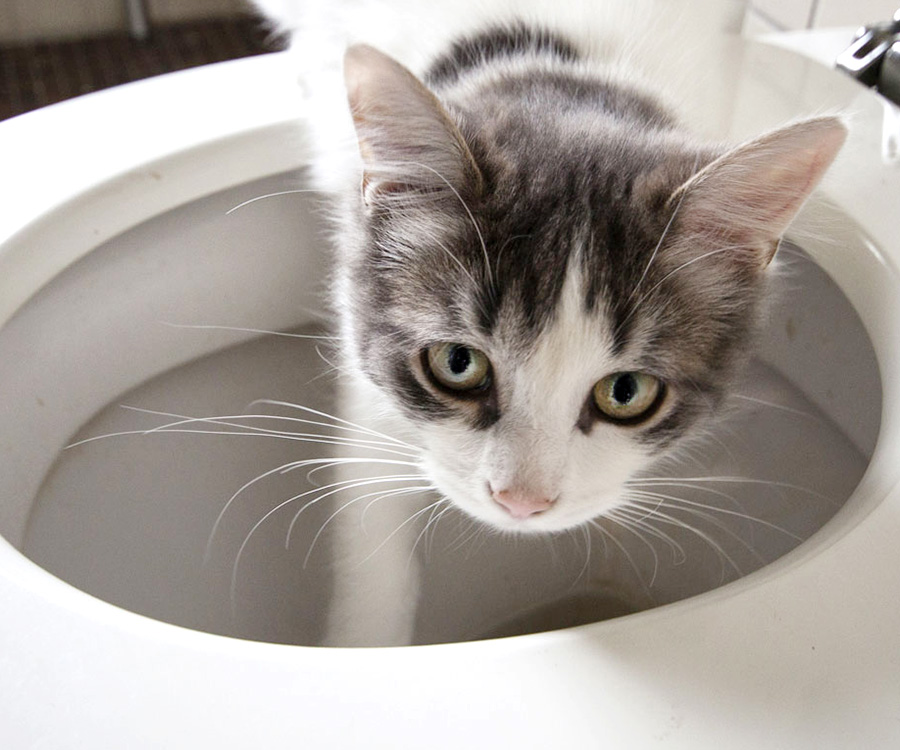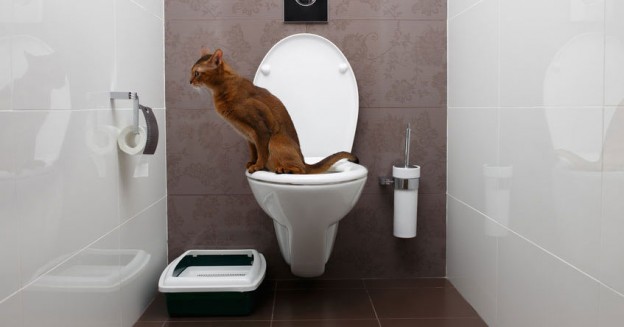Nearly everybody will have their personal rationale involving Can You Flush Cat Poo or Litter Down the Toilet?.

Intro
As feline owners, it's essential to bear in mind just how we throw away our feline good friends' waste. While it may appear hassle-free to flush pet cat poop down the bathroom, this practice can have destructive repercussions for both the environment and human health and wellness.
Environmental Impact
Flushing cat poop introduces hazardous microorganisms and bloodsuckers right into the water, posing a considerable threat to aquatic environments. These impurities can negatively influence marine life and compromise water quality.
Wellness Risks
In addition to ecological problems, purging pet cat waste can likewise posture wellness dangers to humans. Cat feces might have Toxoplasma gondii, a parasite that can create toxoplasmosis-- a potentially extreme illness, especially for expecting females and people with damaged immune systems.
Alternatives to Flushing
Luckily, there are safer and much more liable methods to deal with feline poop. Consider the adhering to options:
1. Scoop and Dispose in Trash
The most usual technique of throwing away feline poop is to scoop it into an eco-friendly bag and toss it in the garbage. Be sure to make use of a committed litter inside story and dispose of the waste quickly.
2. Use Biodegradable Litter
Choose naturally degradable pet cat trash made from products such as corn or wheat. These trashes are environmentally friendly and can be safely disposed of in the garbage.
3. Hide in the Yard
If you have a backyard, take into consideration hiding feline waste in a designated area far from vegetable yards and water sources. Make certain to dig deep enough to prevent contamination of groundwater.
4. Mount a Pet Waste Disposal System
Purchase a family pet waste disposal system especially developed for pet cat waste. These systems utilize enzymes to break down the waste, reducing odor and ecological impact.
Conclusion
Liable pet ownership extends beyond offering food and shelter-- it additionally involves appropriate waste management. By refraining from flushing feline poop down the toilet and opting for alternative disposal techniques, we can reduce our ecological impact and secure human health and wellness.
CAN I FLUSH MY CAT'S POOP DOWN THE TOILET?
Always avoid flushing cat poop down the drain because not only could it potentially contain harmful parasites called toxoplasmosis, the litter could sit in your line and lead to a clog.
Plenty of waste gets flushed down your toilet every day, so what harm could a little cat poop and cat litter do? The answer is a lot, which is why you never want to send it down your drains.
Can I Flush My Cat's Poop Down The Toilet?One of the biggest problems with flushing your cat’s presents is the harmful parasites in your feline’s stool called toxoplasmosis. Extremely dangerous for humans, especially pregnant women and people who are immunocompromised, these parasites can cause a multitude of problems for unborn babies and even cause death or miscarriage if the infection happens early. That’s why you should always avoid touching cat poop. Also, water systems are not equipped to handle toxoplasmosis and are unable to destroy the parasite before it’s sent back into the environment, potentially jeopardizing the health of local area wildlife, specifically marine life.
Flushing cat poop could also lead to a future drain clog. Try as you may to eliminate any litter from it, there will always still be some stuck on there – and even if it says flushable on the label, it’s not! Cat litter is made up of bentonite clay, which has the tendency to harden when wet, creating a thick, almost cement-like quality. Cat litter that ends up down the drain can expand from the moisture in the pipes and then harden, blocking any wastewater. If you have a septic tank or a cesspool, it cannot handle cat litter either, no matter what kind. If it solidifies in the tank, in any of the system’s major parts like the inlet baffle, it’ll create some expensive problems.
The best way to dispose of cat poop safely is to scoop it into a bag and throw it into the trash – and ways of dealing with the smell include adding baking soda and replacing the box more.
Now that we’ve explained the potential harm that flushing cat poop can cause to you and your drains, you might be wondering the best way of dealing with it. Unfortunately, it’s the old-fashioned way of scooping it into a bag and then placing it into a trash can. They also make pet-proof trash cans that lock in the smell, so that you don’t have to always immediately take it out. If you’re tired of smelling the litter box after even just one use from your feline, there’s things you can do to help combat that smell. Adding baking soda to the litter will reduce smells, but just don’t add too much or your cat will no longer want to use the box. You could also replace the box more frequently, at least once a year, as those smells can just seep inside the scratch marks. Lastly, try changing to a new litter formula – some are better with smells than others.

I stumbled upon that piece on Can You Flush Cat Poop Down The Toilet? while browsing the internet. Do you know someone else who is involved in the niche? Please feel free to promote it. I appreciate reading our article about How to Dispose of Cat Poop and Litter Without Plastic Bags.
Automated Marketing